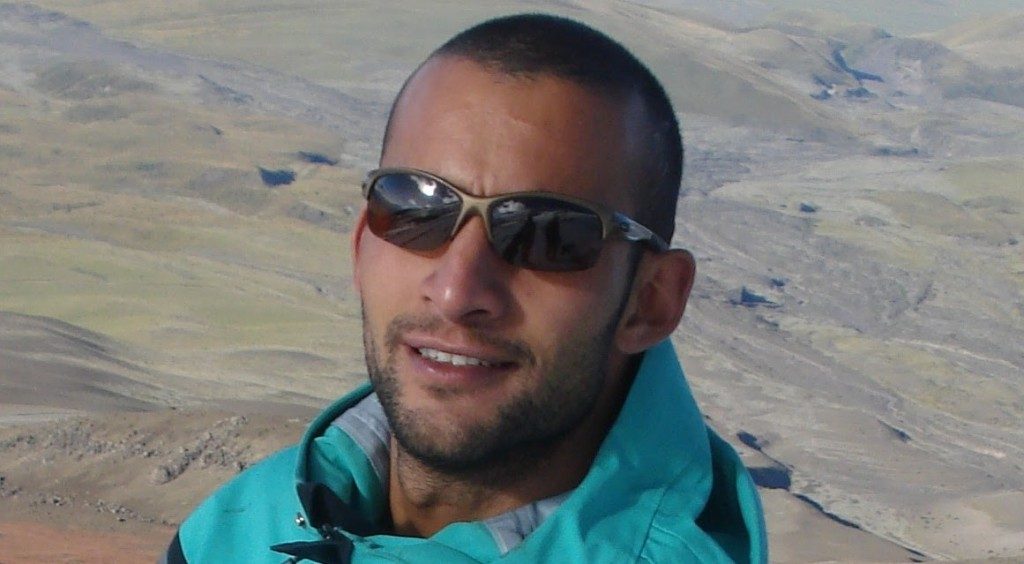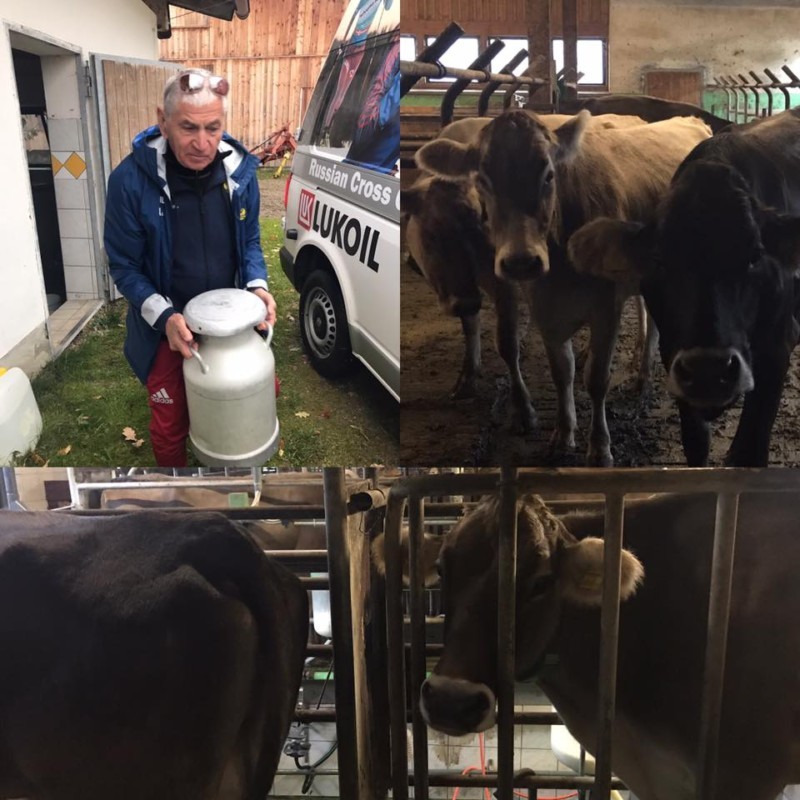
Last week Pourya Shafizadeh, a 37 year old Norwegian of Iranian origin made headlines in Scandinavia. A financial consultant from Sandnes near Stavanger have declared his ambition to run a cross-country skiing race at the Olympic Games next year – despite having no experience in international competitions ( he’s a dedicated and fairly strong long distance skier though). Shafizadeh, according to VG.no, is now training very hard to make his dream come true.
Here at the Daily Skier we have a soft spot for stories of will and determination so we have decided to take a closer look at Shafizadeh’s chances of making it to Pyeongchang.
…A major difference between the FIS World Cup races and FIS World Championships – and those of the Olympic Games is difficulty of qualifying. In either case FIS singles out two races open for participation by any sportswoman or man, put forward by their national ski federation ( National Olympic Committee for the OG) – individual sprint and 10 км for women/15 km for men. But that’s where paths to eligibility begin to differ.
There are limited slots in the main races – so at the World Championships preliminary “heats” are held to select participants in the main one. A selection race is open to virtually anybody signed in by a national ski federation – that’s how Venezuelan Adrian Solano shot to fame in Lahti Despite having next to none skiing experience, Solano took part in both distance and sprint qualifiers and even managed to earn coveted FIS points ( 3991 of them – probably the world record!)
There are no qualifying races at the Olympics – instead, there is a rather complex system of selection.
The gist of it: a total amount of cross country skiers is limited to 310 athletes – that’s female and male together, with no country allowed to send more than 20 of its representatives ( of which no more than 12 could be of same gender). We leave outside this conversation headaches of the Norwegians, the Russians and the Swedes who, clearly, have more strong skiers in their ranks than their quota allows – and jump straight into how the nations such as Iran could delegate their athletes to the Games.
The simplest ( but not the easiest) path lays through qualifying via Olympic FIS Points List. The all-important FIS Point List will be published on January 22, 2018. “The Olympic FIS Points List is calculated using the average of five (5) competition results in each distance and sprint events during the Olympic qualification period from 1 July 2016 to 21 January 2018”
Those National Olympic Committees who find their athlete ( just one of each gender!) on the list with” a maximum of 300.00 FIS points in the respective event (distance/sprint)” could start booking her/his tickets to Pyeongchang. It’s called Basic Quota is serves to strike a balance between broadening skiing geography and weeding out total newbies ( sorry, Adrian Solano!)
The 300 FIS Points barrier is not easy to clear by any means – you have to be among the winners in less populated race such as the Balkans Cup – or try your chances against world’s top skiers in the races like the Scandinavian Cup – and hope to come to finish within 10 minutes of the leader’s time.
Unfortunately for Pourya Shafizadeh’s Olympic chances, Iran already has a very strong candidate for the Olympic Basic Quota spot: a 29 year old Seyed Sattar Seyd

Seyd rarely competes outside his home country – but Iran holds FIS races at Emamzadeh Hashem and Seyd regularly wins them by a wide margin, earning very respectful 130-200 FIS points on average – well within 300 points threshold. Seyd run at the Lahti WC this year, where he did not have any problems qualifying for the main race. where he came 78th – earning 192.20 FIS points, ( winner, Ivo Niskanen got 0 points, 2d placed Martin Johnsrud Sundby – 6.50 )
Beating the guy of that prowess, at the zenith of his skiing career would, probably, be next to impossible for a 37 year old financial consultant from Sandnes.
Say goodbye to that Olympic dream? Well, not quite. Shafizadeh’s hope lays exactly in Seyd’s relative strength. Paragraph D.2 of the FIS rules of Olympic qualification says that “ Each NOC with at least one (1) male and/or one female athlete ranked in the top 300 of the distance or sprint on the Olympic FIS Points List will be allocated one (1) additional quota place in the respective gender.” In other words, Pourya would have to compete against other Team Iran skiers – and hope that Seyd makes Top 300 list ( which he should, realistically)
Of course, matters of selection of actual skier(s) are sole prerogative of the respective NOC – the Iranians might just decide that a local and/or younger sportsman would be a better “number 2” in the team.
Pourya Shafizadeh, however, refuses to give up his Olympic dream. He has to run at least 5 FIS races before Jnuary 21, 2018 and he has to impress the bosses of the Iranian sport with his performances.
No lesser name than ex-world champion Eldar Rønning ( who’s strength was always in the same 15 kilometer races ) was hired to be his coach. Fairy tale? Kind of – made possible by Sparebank 1 Norway where both Shafizadeh and Rønning have a privilege of working and that happens to be one of the main sponsors of the Norwegian Ski Dederation. Great publicity, Sparebank! Moreover, Martin Johnsrud Sundby, according to VG, would take part in preparing Shafizadeh for FIS races in a sort of mentor role.
Still, Pourya estimates that preparing and traveling to those races would leave him some NOK 100.000 ( approx. EUR 10.000) poorer by the end of January. He is also expected to train 10-12 hours a week – and that’s excluding the road to/fro the training trail, as Sandnes is not exactly Holmenkollen and certainly not Trondheim when to comes to skiing conditions.
That sort of determination in pursuit of the Olympic goal is both impressive and commendable. We wish Mr. Shafizadeh the best of luck in his endeavors – and shall continue e watching his progress on the path to Pyeongchang.
In a Part II we plan to tell you about those skiers who did manage to turn their Olympic dream into reality – as well as about those who tried very hard, but didn’t. Stay tuned.
TOP PHOTO courtesy of Pourya Shafizadeh Google+ account
Related Posts
- In Search For Magic Drink For Skiers: Russians Go Raw Milk, Americans Go Secret Potion
- Master of nebulas and galaxies: Francesco De Fabiani and his astrophotography
- You know who won in Ruka today. Now meet their significant others
- Therese Johaug is launching personal care line
- Bjørgen has good performance yet loses to Northug
